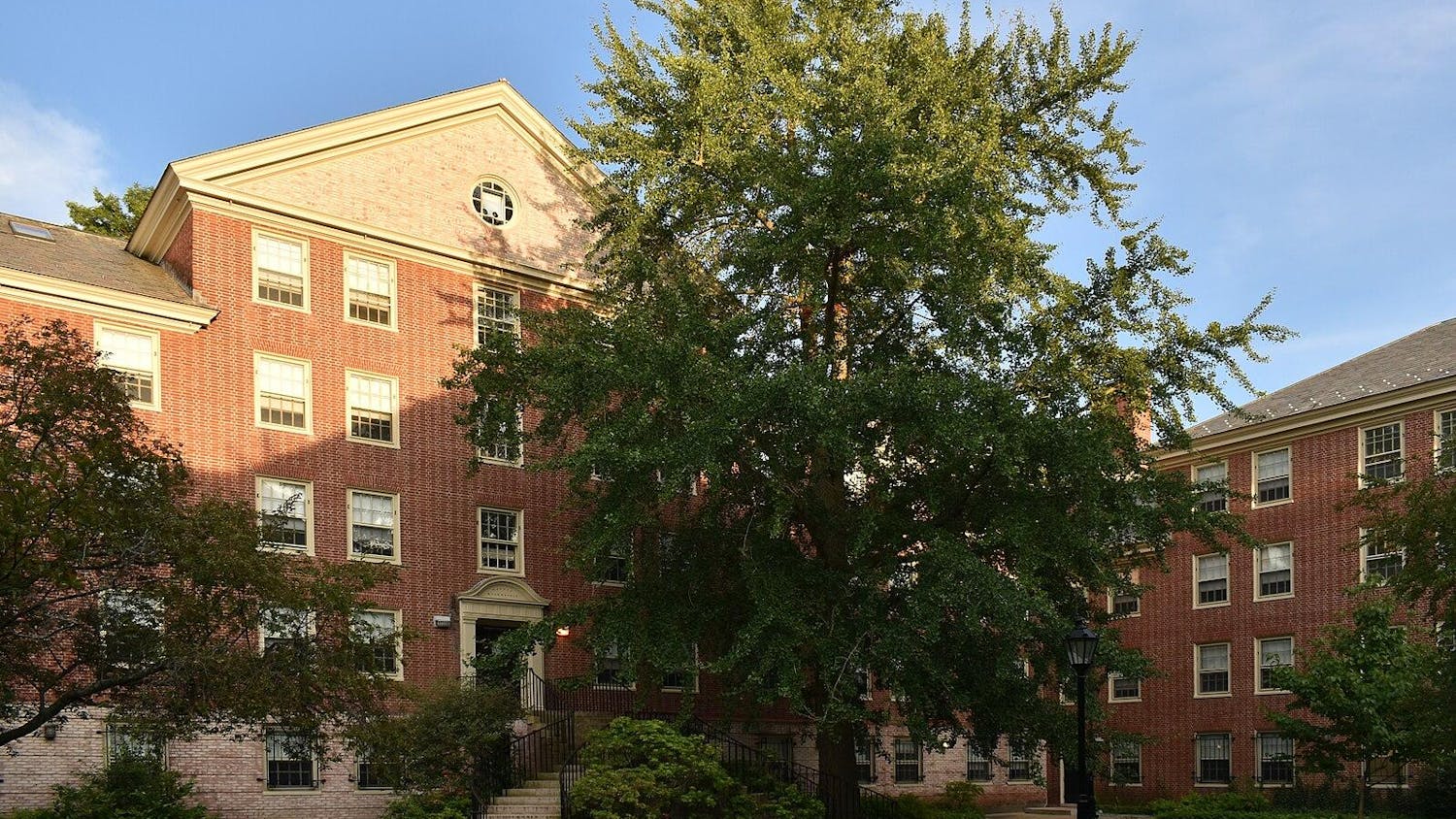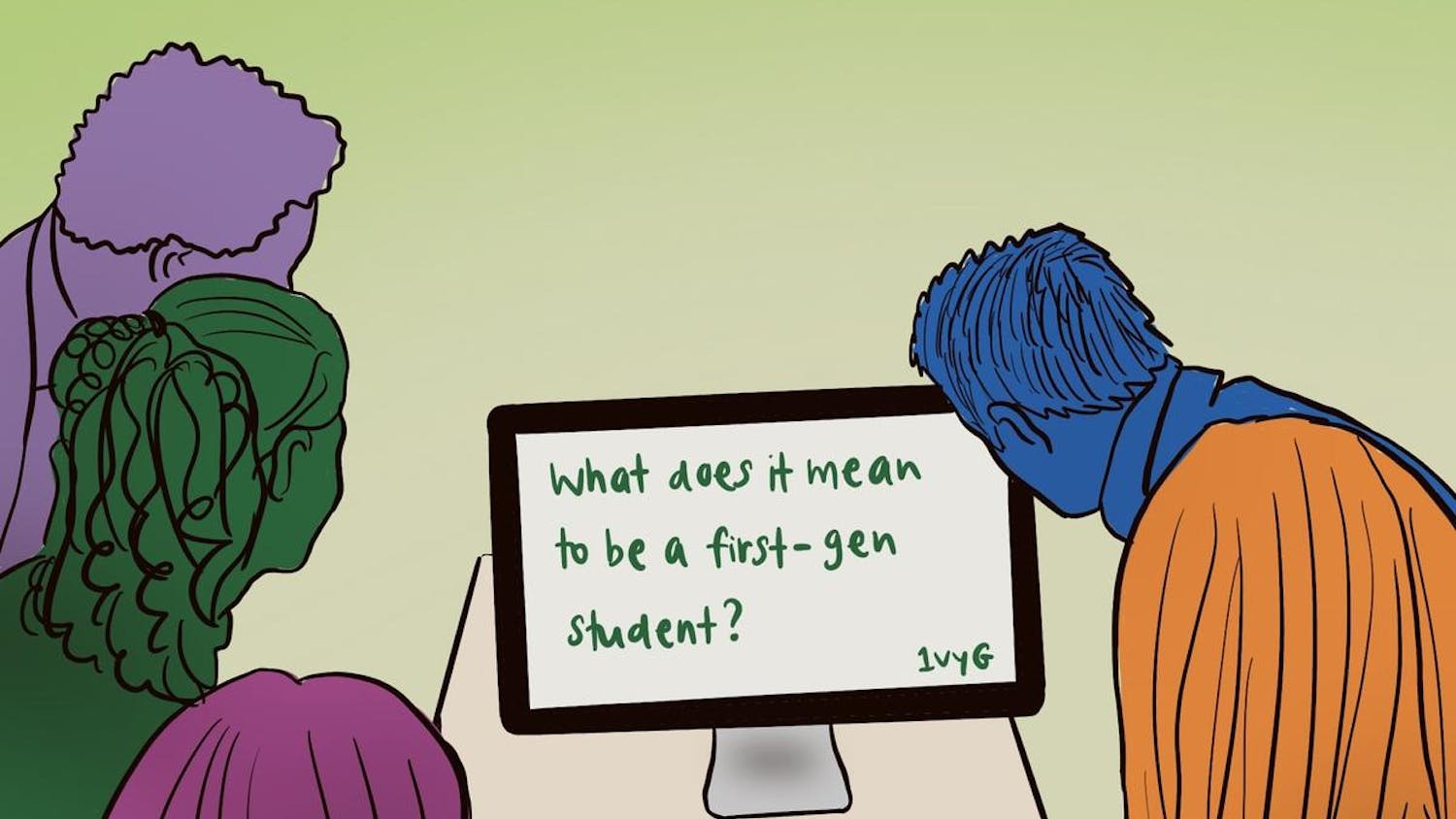Brown slipped from 14th to 16th place overall and plummeted from 12th to 39th place in selectivity in the 2015 edition of the U.S. News and World Report Best Colleges rankings, released at midnight Sept. 9.
University officials are attributing these drops to an administrative “oversight” in which one question on the 550-question long survey, which is used by U.S. News to calculate its rankings, was left blank, said Marisa Quinn, vice president for public affairs and University relations.
“Our selectivity was miscalculated,” Quinn said late Monday night. University officials from various administrative departments electronically complete the survey distributed by U.S. News each year, providing the ranking organization with important statistics like finances, class size and average SAT score of accepted students.
“This year we neglected to provide an answer to one particular question,” Quinn said of the accident.
But this small mistake may have had big consequences: The oversight, administrators think, caused Brown to drop two slots in the overall ranks and led to a major 27-rank fall in the more specific selectivity category.
This slip in selectivity ranking is not reflective of the reality of Brown’s admission trends, Quinn said. While the drop would seem to indicate that admission to Brown has become less competitive, the trend is the opposite: This year the acceptance rate dropped from 9.2 to 8.6 percent, while SAT scores of admitted students and the fraction of admitted students in the top percentile of their high schools remained relatively stable compared to previous years, she said.
The selectivity ranking — which comprises all those metrics — constitutes 12.5 percent of an institution’s overall ranking on U.S. News’ Best Colleges list.
Brown’s overall score — a numerical value based on “16 indicators of academic excellence,” according to U.S. News’ website — dropped from 87 to 84, “and if you look deeper, many of the elements remained unchanged,” Quinn said, citing high school guidance counselor ranking and peer assessment as evaluative areas that stayed on par with rankings from previous years.
Brown, along with thousands of other institutions across the country, participates in the U.S. News rankings’ survey each year, Quinn said.
“There are a plethora of rankings that are available to students and families when making this important choice,” she said, adding in an email to The Herald that U.S. News is “perhaps one of the better known” lists.
“This is one of many tools that students and families use in determining their college choices,” she said, citing college visits as another way prospective students make judgments about an institution’s fit.
But for students and families who place heavy emphasis on an institution’s official rank, Brown could appear a less selective, and perhaps less attractive, option.
“We certainly want to ensure that for those students and families who use it as a tool in their decision-making, the information is complete and accurate,” Quinn wrote.
University officials have not yet determined where exactly in the survey process the oversight occurred, Quinn said.
“We just got this information today,” she said, noting that University officials will look into what led to the oversight to ensure a mistake like this does not occur again.
ADVERTISEMENT




